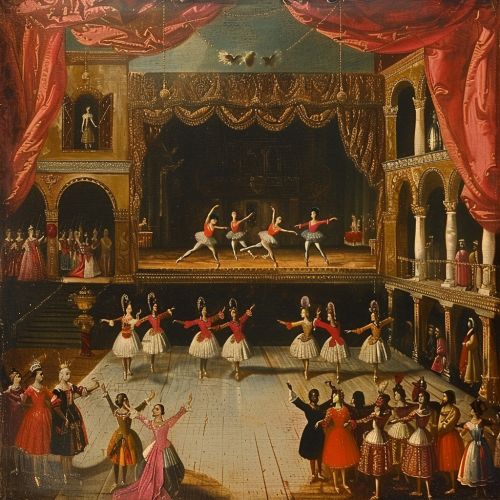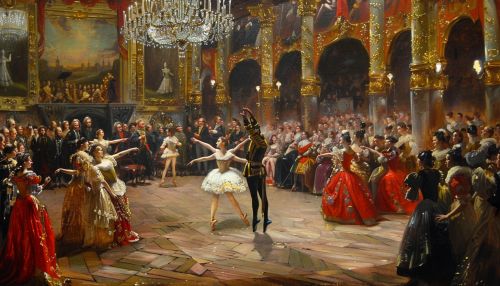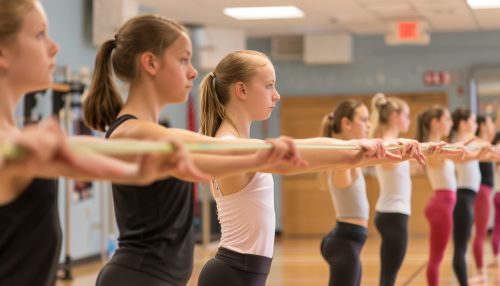Ballet
History
Ballet, as a formalized form of dance, originated in the Italian Renaissance courts of the 15th century. It was further developed in France and Russia as a concert dance form. The early portions of ballet's history are marked by the influence of Italian Renaissance dance and French Renaissance court dance, with ballet terminology reflecting this history.


Styles
There are several widely recognized styles of ballet. The three most notable styles are Classical ballet, Neoclassical ballet, and Contemporary ballet.
Classical Ballet
Classical ballet is the traditional style of ballet, which adheres to classical ballet technique. It is known for its aesthetics and rigorous technique (such as pointe work, turnout of the legs, and high extensions), its flowing, precise movements, and its ethereal qualities. There are stylistic variations related to area of origin, which are denoted by classifications such as Russian ballet, French ballet, and Italian ballet.
Neoclassical Ballet
Neoclassical ballet is a ballet style that uses traditional ballet vocabulary but is less rigid than classical ballet. Neoclassical ballet is usually abstract, with no clear plot, costumes or scenery. Music choice can be diverse and will often include music that is also neoclassical (e.g. Stravinsky, Glass).
Contemporary Ballet
Contemporary ballet is a genre of dance that incorporates elements of both classical ballet and modern dance. It takes its technique and use of pointe work from classical ballet, although it permits a greater range of movement that may not adhere to the strict body lines set forth by schools of ballet technique.


Technique
Ballet technique is the foundational principles of body movement and form used in ballet. It is an important aspect of ballet performance because ballet (especially classical ballet) puts great emphasis on the method and execution of movement. The techniques found in ballet are the groundwork for many other styles of dance, including modern dance and jazz dance.
Training
Training in ballet is important because it is extremely physical and requires a lot of endurance and flexibility. Ballet dancers typically begin training at a young age, between the ages of 2-4 for females and a few years later for males. The training includes learning the techniques, performance quality, and endurance needed for ballet.


Ballet and Society
Ballet has had a significant impact on society over the centuries. It has been a reflection of the cultural changes and has often been the forefront of the arts community. Ballet has influenced many other styles of dance and has been influenced by other forms of movement, such as fencing and folk dance.
